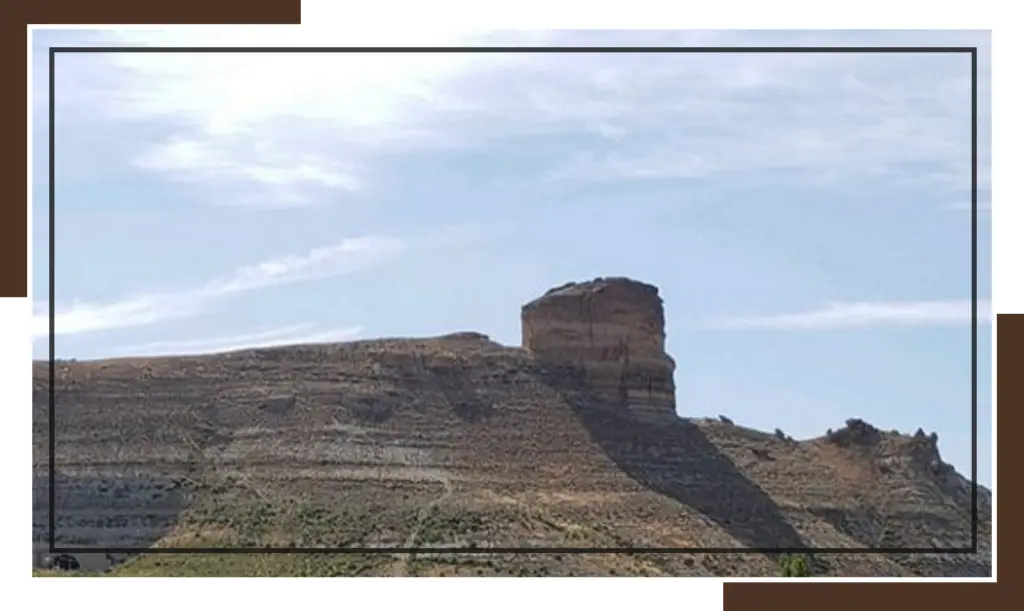Content taken from: http://deq.state.wy.us/wqd/watershed/TMDL/TMDL.htm
David Waterstreet
If you have any questions, please contact David Waterstreet at (307) 777-6709.


1) Identify all waters of the state which are impaired – i.e., they contain pollutants which adversely affect the water quality (and associated designated uses) of the water.
2) Prioritize all impaired waterbodies for the development of TMDLs. Prioritization is to take into consideration public health and environmental risk.
3) Establish and adopt TMDLs for all impaired waterbodies or for waterbodies which would be impaired if a TMDL was not established.
Excerpt from the Integrated Report – the 2012 303(d) List


In 1989, the State adopted a Nonpoint Source Management Plan to address nonpoint sources of pollution. Under this voluntary program, the state provides Clean Water Act Section 319 funds to local entities for projects which address nonpoint source pollution.
| Project Name | Previous Impairment | EPA Approval Date | Documents | Water Body Identifiers |
|---|---|---|---|---|
| Ocean Lake | Sediment | 12-03-2009 | TMDL Document | WYBH100800050202_01 |
| Goose Creek | Fecal Coliforms and Sediment | 9/28/2010 | TMDL Document and the Appendices | WYTR100901010204_01 WYTR100901010204_02 WYTR100901010205_01 WYTR100901010205_02 WYTR100901010207_01 WYTR100901010207_02 WYTR100901010208_01 WYTR100901010208_02 WYTR100901010208_03 WYTR100901010209_01 WYTR100901010209_02 |
| Haggarty and West Fork Battle Creeks | Copper, Cadmium, and Silver | 9/28/2011 | TMDL Document | WYLS140500030109_01 WYLS140500030109_02 |
| Gillette Fishing Lake | Phosphorus and Sediment | 07-11-2013 | TMDL Document | WYBF101202010601_01 |
| Crow Creek - Selenium | Selenium | 08-07-2013 | TMDL Document | WYSP101900090107_02 |
| Belle Fourche | E. coli, Ammonia, and Chloride | 12/30/2013 | TMDL Document | WYBF101202010501_01 WYBF101202010504_00 WYBF101202010600_01 WYBF101202010602_01 WYBF101202010904_00 |
| Crow Creek - E. coli | E. coli | 2/14/2014 | TMDL Document | WYSP101900090107_01 WYSP101900090107_02 WYSP101900090107_03 WYSP101900090107_04 WYSP101900090107_05 WYSP101900090203_01 |
| Bighorn and Greybull Rivers | E. coli and Fecal Coliforms | 4/30/2014 | TMDL Document | WYBH100800070305_01 WYBH100800070500_01 WYBH100800070809_01 WYBH100800070909_01 WYBH100800071000_01 WYBH100800071000_02 WYBH100800071001_01 WYBH100800071001_02 WYBH100800080607_01 WYBH100800080705_01 WYBH100800090405_01 WYBH100800100102_01 WYBH100800100204_01 WYBH100800100206_01 WYBH100800100301_01 WYBH100800110204_01 |
| Project Name | County | Documents |
|---|---|---|
| Prairie Dog Creek Watershed-Based Plan | Sheridan | Report Appendices A_Subwatersheds A_Priority Reaches A_Land Cover A_Land Ownership A_Irrigated Lands B_Water Quality Data C_Upper Subwatershed Load Duration Curves C_Middle Subwatershed Load Duration Curves C_Middle Subwatershed Load Duration Curves C_Dutch Creek Subwatershed Load Duration Curves |
© 2021 SWEETWATER COUNTY CONSERVATION DISTRICT | All Rights Reserved. Website by Web.com